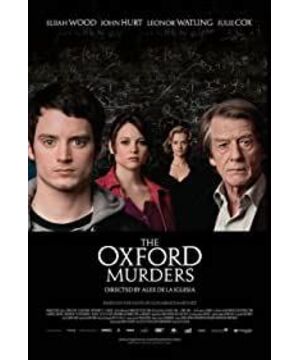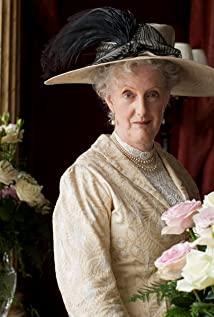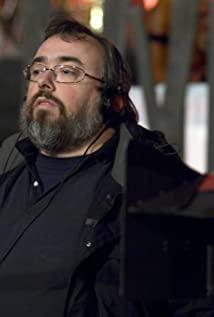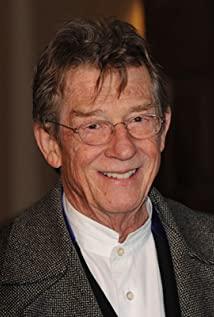It's an exciting movie from the above perspective, and if you're a science student, liberal arts students won't get excited about Heidelberg's Uncertainty Theorem or anything like that. Science students once believed that the world could be calculated. Just like Martin and his roommate in the film, they believed in pi and the golden ratio, and believed that all the operations of the world had their own laws. While Professor Seldom and the director are on the other side, life is absurd, and random phenomena can even "create" a serial murder that doesn't exist. What you see is real, but there is still one step between the real and the truth.
Therefore, in order to prove and reinforce this perspective, the film chooses Oxford as the setting instead of Harvard or Yale, a place full of power and money, where "normal people" can only make Conan-style serial murders (Using time, props, motivation). At the same time, there are almost no characters in the film who are recognized by mainstream values, which is also criticized by some people as a lack of logic to vilify Oxford, but they don’t know that this is the premise of the film’s existence.
The highlight of the film is at the end (although some people think it is the ending for the end), Martin finds that Professor Seldom doesn't know what the next character is. Meaning, if it weren't for the old band man, seldom could use another sequence, because the fourth one exists to complete this sequence. It seems that God is writing this sequence of murders, the triangles appearing and appearing so perfectly that a fourth murder can appear quickly.
This confirms Seldom's words in the middle of the film: Who can tell me where is the beauty and regularity of cancer?
Maybe, just to confirm the existence of certainty, there must be random existence, or there is also the existence of a third element
View more about The Oxford Murders reviews











